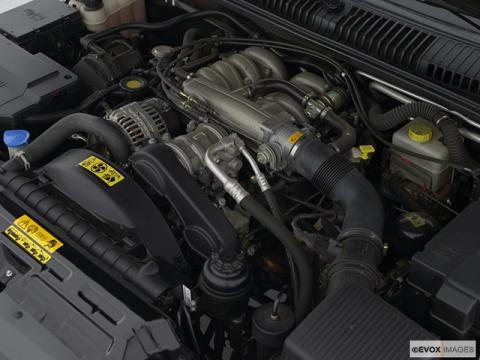stewie
Member
- Posts
- 25
- Location
- South Heighton
Hi everyone, I'm looking to buy a 4.6 hse range rover and the one I've found has had a new engine from turner engineering but when I phoned to ask if it had got the top hat cylinder Liners they said that it was supplied as a brand new block.
My question is, as it was supplied in 2004 I remember reading somewhere that land rover redesigned their V8 because of all the slipped liners. Does this sound right or was I just dreaming it?
My question is, as it was supplied in 2004 I remember reading somewhere that land rover redesigned their V8 because of all the slipped liners. Does this sound right or was I just dreaming it?

